Choosing Road Wheels and Tires
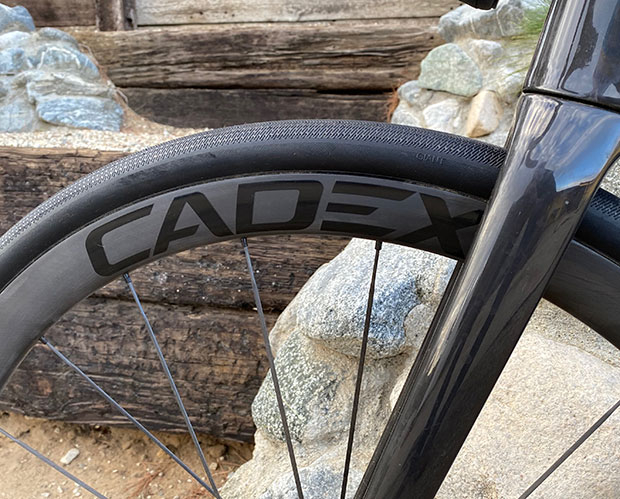
The small debate is tubeless. The big one is hookless. Let’s take on the easy stuff first.
For me, a road bike has to have 2 wheelsets before the “system” is complete. One is the performance wheelset, which goes on the bike when there’s a STRAVA segment someone took from me and the world is not right until I get it back. Or in such case I intend to race the road bicycle, which could theoretically happen and I like to be prepared or any eventuality.
The second wheelset, far more ridden by me, is the training package but it’s more than just that. It’s the maximal comfort, minimal flat, go anywhere wheelset that turns a road bike into a freedom machine. I was riding a lightly-traveled 2-lane mountain road earlier this spring in the vicinity of Yosemite National Park when I saw a sign pointing to a giant sequoia grove 2 miles distant, reachable on a dirt road. I pulled off the pavement and visited these giant trees (a life-changing experience if you haven’t yet seen them in person), and I did so on my road bike because of the wheels I was riding.
That particular wheelset was a CADEX Allroad 35 (image above) and I chose this wheelset because my first choice – the choice that pointed me to this wheelset – was the CADEX Classics tire in 32mm. Why that tire? I pretty much knew I wanted a CADEX wheel because, through past experience, the mating of CADEX’s tire and wheel created a precise fitment match that leaked down about as much as a clincher system with a butyl tube (meaning, all the benefits of tubeless with few-to-none of the hassles). The reason I chose CADEX’s Allroad (basically a gravel wheel) is that – again, my experience – I like the nominal (named) size of the tire to be about 5mm to 7mm larger than the inner bead width of the rim. (The Allroad has an inner bead width of 25mm.) This gives the tire/wheel system a symmetric shape. And whether or not the tire tests well or abysmally on a drum tester, in my own unscientific field trials (riding the same segments over and over again) I don’t find this a slow system for what it is.
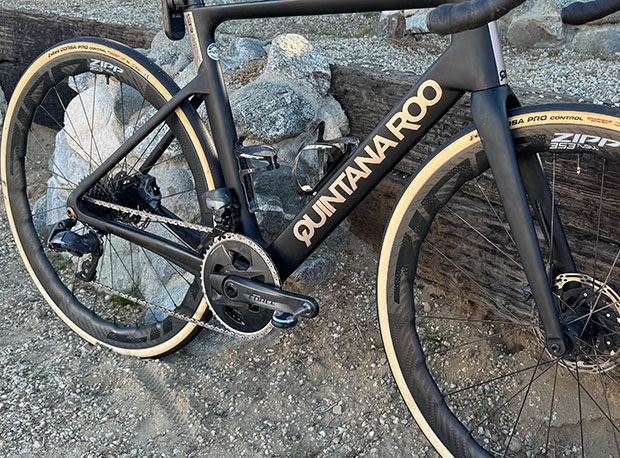
I have never flatted that wheel/tire system. I have so far also not yet flatted that same wheel/tire paradigm on my second bike. The CADEX system described above is what I ride on my Cervelo R5. On my other road bike – the Quintana Roo SR6 – I’ve got a Zipp 353 NSM + Vittoria Corso Pro Controls in 32mm. While Zipp’s wheel is pure road, and CADEX’s is gravel (if you agree that Allroad kind of means gravel), the specs are pretty similar. They both have a 25mm inner bead width and both have (ahhh!) hookless beads but we’ll leave that for now. The CADEX Allroad 35 is that depth (35mm) and weighs 1270g for the pair. The rim’s outer width is 31mm which is why that wheel mates so nicely with a 32mm tire. The Zipp 353 NSW is slightly deeper at 45mm, comes in a 1308g, and both have really good hubs. For my purposes – and while one is a road and one a gravel wheelset – they work for precisely the same use case.
Of course, this goes back to the first question I ask about any bike I buy, whether road, tri or gravel: Will it gladly accept, with no whining, the tire I intend to ride on that bike? In the case of both the road bikes I purchased over the last 3 years and am still riding the answer is yes. That unlocked my ability to acquire, for each bike, the wheelset I use for most of the riding I do on that bike.
As to the performance wheelsets, my nominal tire size is 28mm. I’ll want an inner bead width on my wheels of 23mm or thereabouts. For the QR SR6 I have a set of Zipp 404s and on these wheels I have Goodyear F1 Supersport R in 28mm. This has been, in my own field trials, the fastest set of wheels I own. Here is BRR’s recent test on a new edition of this tire in this width and it’s faster yet. BRR gives this tire a pretty bad result on puncture resistance but I have not found the tire I’m riding a wimpy tire. I have – again – failed to flat this tire but of course I don’t visit giant sequoias with it on my bike.
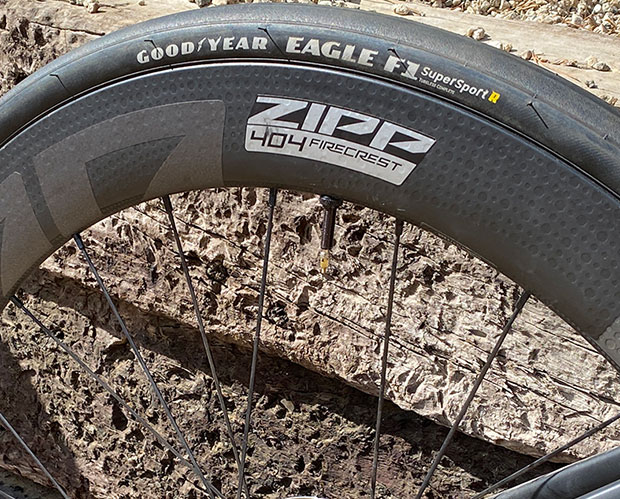
On the Cervelo I’ve got CADEX 50 Ultra wheels as the performance wheelset and on these I have had Vittoria Corsa Pro Controls, but this is not in my experience a particularly fast tire. What is fast is a Corsa Pro and I have a set of these I’ll mount on these wheels. I don’t mind the Corsa Pro Controls on my training wheels because I want a bombproof tire. For this use I need a fast tire and in the image you see the Pro Controls because I just haven’t made the switch yet.
Why splurge? Isn’t a big garish to have 4 wheelsets for 2 bikes? Why not switch the wheels back and forth between the bikes? I would agree that 4 wheelsets is extravagant, but the SRAM AXS drivetrain requires the XDR driver body. Now, let’s tackle the last pair of questions regarding the platform.
First, tubed versus tubeless. I began with tubeless in perhaps 2014 or so, for gravel bikes, and even for that use success was fleeting. It wasn’t until 2019, when the European standards authority for tires – the ETRTO – came out with wheel standards for both hooked (crotchet style) and hookless rims for road tubeless wheels, that I jumped in with both feet. While I fear spiking the football on the 1 yard line, I have not had a flat tire while riding since, and that was more than 4 years ago with thousands of miles ridden, and that’s both performance and training wheelsets. It’s not just that I live in a place where flats don’t happen. I rode these roads with tubed systems and believe me I flatted! But it’s not imply because glass and goatheads affect tubed systems more. If the rim tape migrates over time and exposes even a small part of a spoke hole, blam! Flat. And then you put in a new tube and blam! Because you didn’t fix the problem. And so on.
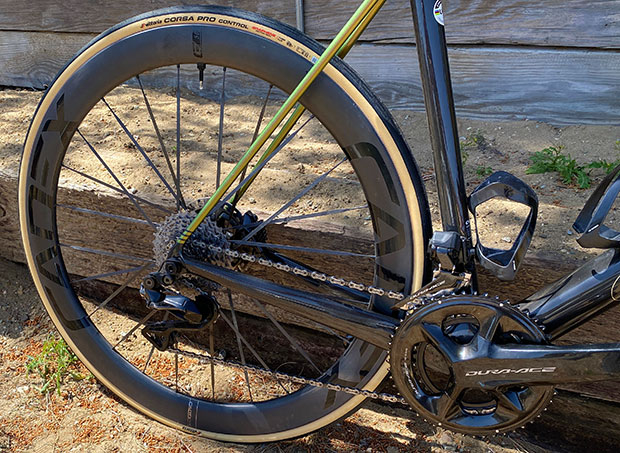
Hookless, that’s a harder call. It just so happens that most of the wheel systems I like – ENVE, Zipp, CADEX in particular – all are all-in on hookless. for sure, I own wheels with bead hooks. Spinergy on my bikepacking bike. I put HED Emporia wheels on my wife’s gravel bike and Shimano Dura Ace 50 wheels on her road bike. Hooked rims all of them.
I am a tubeless booster, to the exclusion of tubed. Tubed, even with TPU tubes, not my bag. But I’m not a hookless fan to the exclusion of hooked. Both are fine. The one thing about hookless, there’s a level of sophistication required. I inflate my bike tires with a compressor and I have a separate gauge for testing pressure (you might be better than I, but I can’t tell pressure by pushing against a tire). Something like this one , for $10 or $15, works pretty well. The one thing with hookless, it’s not just that you shouldn’t run with more than the optimal pressure. You can’t. For me, it’s about 50psi on the training wheels and 60psi in the performance wheels. You max out with this system at 72psi and if you run them at, say, 90psi you chance blowing the tire off the rim. Just, because I’m running only 28mm and fatter, I don’t ever run more than about 60psi in any bike tire.
But there’s more. You also have to make sure you’re running a hookless compatible tire. Luckily for me, just about every tubeless road tire I’m interested in that’s been released in the past 3 years is just that. We try to keep this updated on a chart we host here.



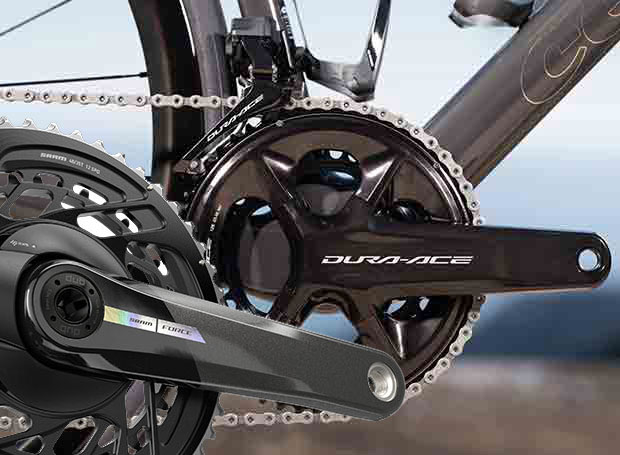
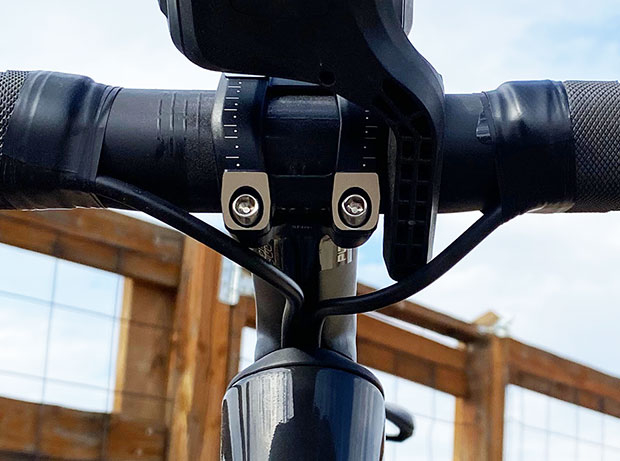
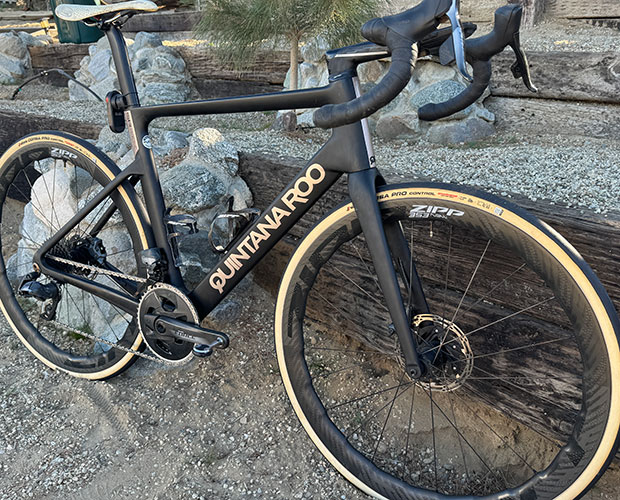

Start the discussion at forum.slowtwitch.com